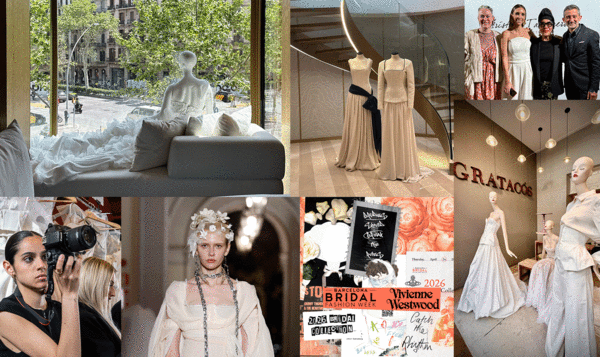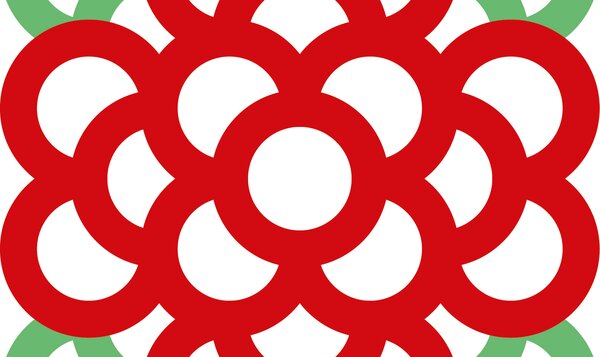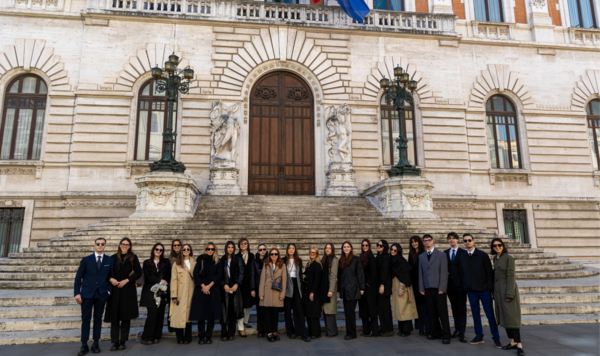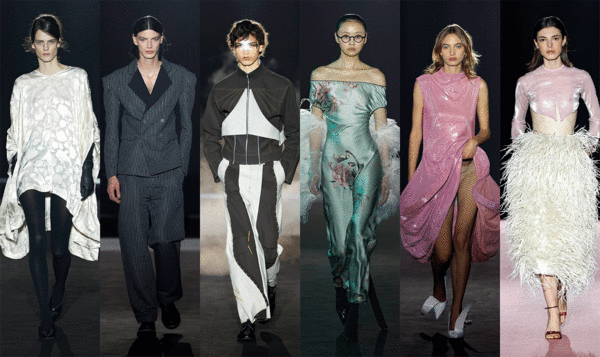In the fashion industry, communication is a key strategic element that extends beyond simple product promotion.
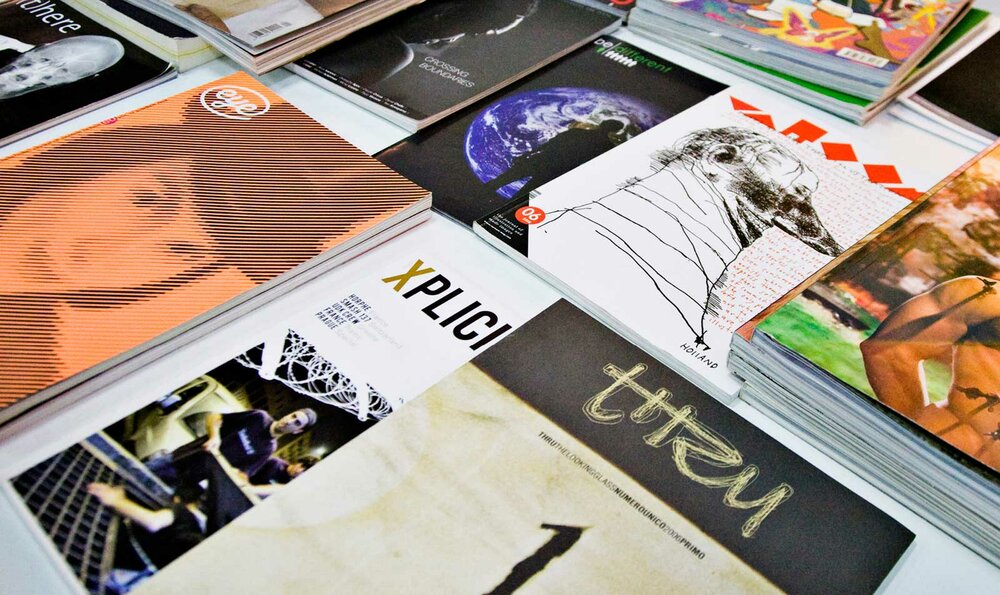
Communication in fashion: techniques, best practices and opportunities
Date
16 November 2024
Effective communication allows brands to build their identity, create authentic connections with their audience and influence market trends.
The basics of communication in fashion
At a time when digitalisation and sustainability are redefining the rules of fashion, it is not only important to be able to respond to the new challenges facing the industry, but essential to communicate strategically.
Communication in fashion is a process aimed at conveying the values, identity and positioning of a brand in the market that is not limited to the promotion of collections or products, but encompasses all the aspects that contribute to building brand perception.
In the current landscape, traditional channels such as trade magazines, fashion events and public relations continue to be key pillars of communication, especially in the luxury segment. However, developing an effective communication strategy, including on social media, requires an in-depth analysis that takes into account multiple factors: the target audience, competitors, market trends, business objectives, and a deep understanding of the values that characterise the brand.
Digital communication and social media in fashion
The digital revolution has introduced new languages and ways of interacting with the public. When used well, social media is a strategic tool that allows brands to build engaging stories and establish a direct dialogue with their community.
Instagram, in particular, has solidified its position as the platform of choice for the fashion industry. Through formats such as reels, stories and posts, brands can orchestrate comprehensive communication strategies ranging from advertising campaigns to “behind the scenes”, and from live shopping to collaborations with industry creators.
Influencer marketing strategies, when integrated organically into brand communication, can indeed amplify visibility and strengthen a company's market positioning.
Simultaneously, the industry’s shift towards digital has led to new formats such as virtual fashion weeks and digital showrooms, which create immersive experiences using innovative technologies. These tools expand the reach of fashion events while offering new opportunities for storytelling and engagement, enabling brands to connect with wider audiences through increasingly sophisticated and personalised content.
Storytelling and content marketing in fashion
Brand storytelling has the power to transform a fashion company into an immersive world where every element tells a story that transcends the simple presentation of the product. The history of the brand, its creative process, core principles and stylistic choices: these are the elements that work together to create a unique and unforgettable story.
This story comes to life through quality content that can take on different forms. An effective communication plan may include photo shoots of the collections, videos describing the creative vision of the brand or content revealing the behind the scenes.
The success of this approach is based on the ability to manage communication that seamlessly integrates the digital and physical worlds, creating a consistent and authentic brand experience. It is not simply a matter of telling stories, but of building a communication system where each point of contact strengthens the bond with the audience, creating involvement and recognition in brand values.
Fashion communication and sustainability
Sustainability has become a central element in contemporary fashion communication. Brands must transparently demonstrate their commitment to environmental and social issues, avoiding superficial or misleading statements, which are practices increasingly criticised by the public and the market.
To build credible and valuable communication, it is necessary to share only projects that are tangible and can be verified. The elements to take into account include:
- transparency in the production chain,
- certification and recognised standards,
- tangible circular economy initiatives,
- detailed reporting of environmental and social impacts.
This type of communication requires a comprehensive approach involving the entire supply chain. This represents a profound transformation of the fashion industry where sustainability has become an essential requirement. Increasingly more conscious consumers demand tangible proof from companies of their environmental commitment, making transparent communication based on actions and not just words a necessity.
Career and education in fashion communication
Fashion communication is a dynamic and ever-evolving professional field that requires specialised figures with transversal skills. A solid knowledge of the fashion industry and digital tools, from data analysis to marketing strategies, is required to work in this sector.
Constant updating and continuous training enable to acquire new skills, to understand emerging technologies and to interpret market developments. Only through complete preparation is it possible to meet the challenges of a rapidly changing industry.
IED offers specific educational pathways that allow you to develop the skills needed to successfully operate in the field of fashion communication, with a focus on new technologies and emerging trends. For example, the three-year degree in Fashion Stylist and Communication provides a comprehensive theoretical and practical educational background.
Discover all of the courses at IED dedicated to fashion communication and start your career in one of the most dynamic and stimulating sectors of today's professional landscape.


